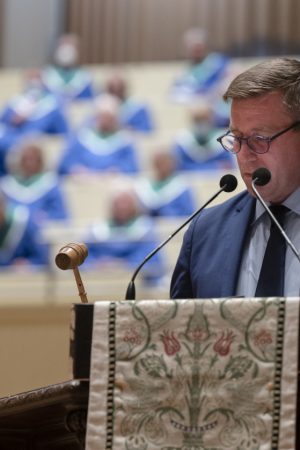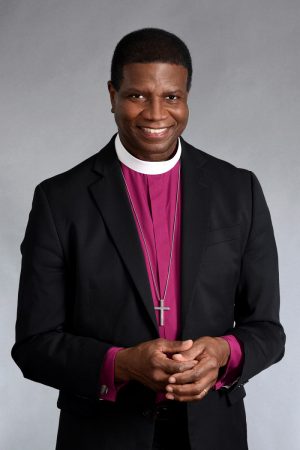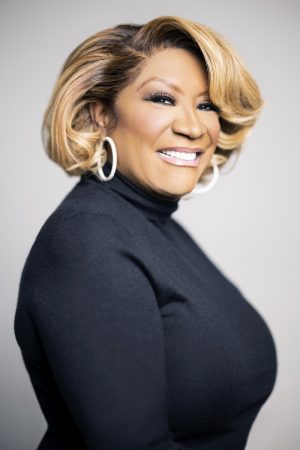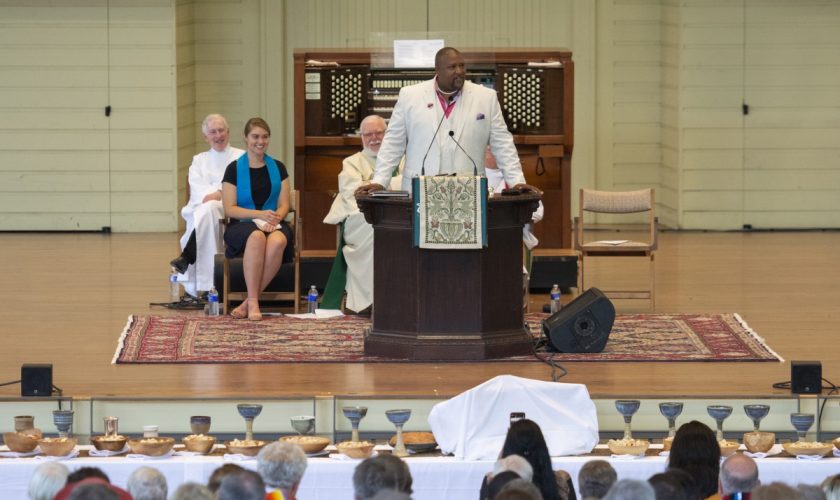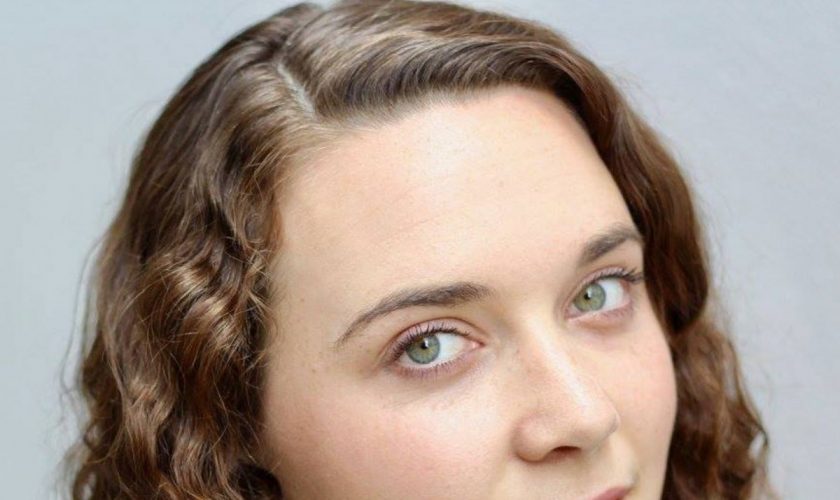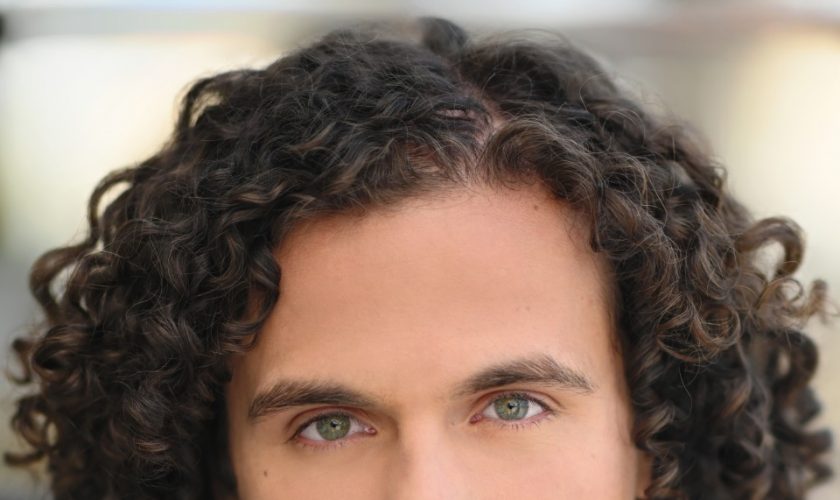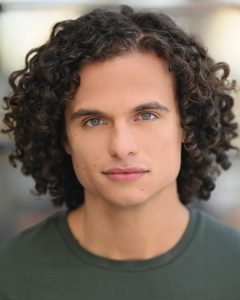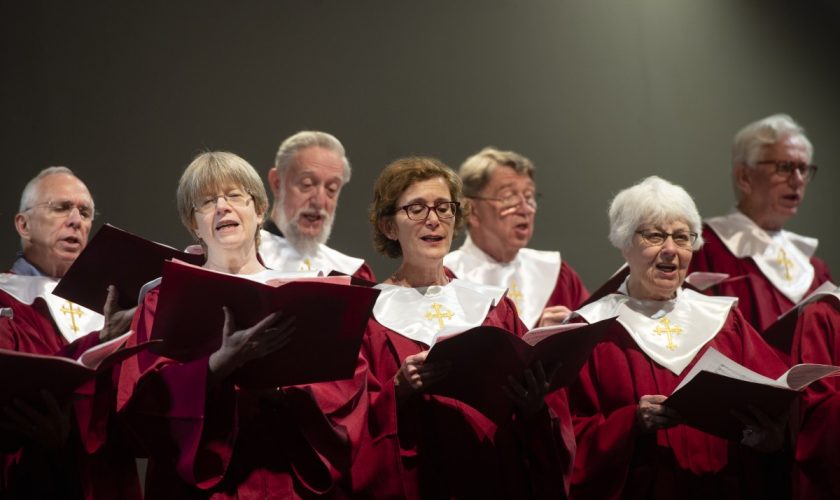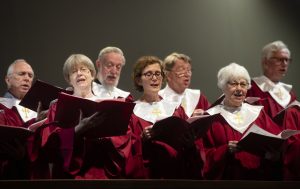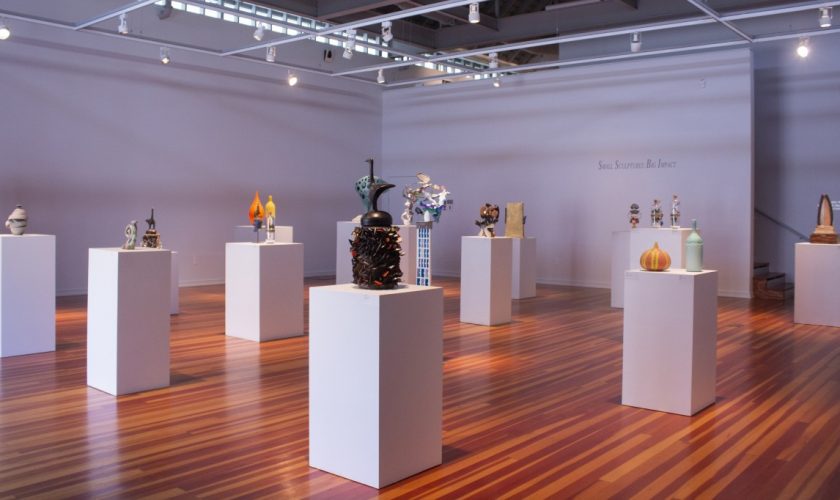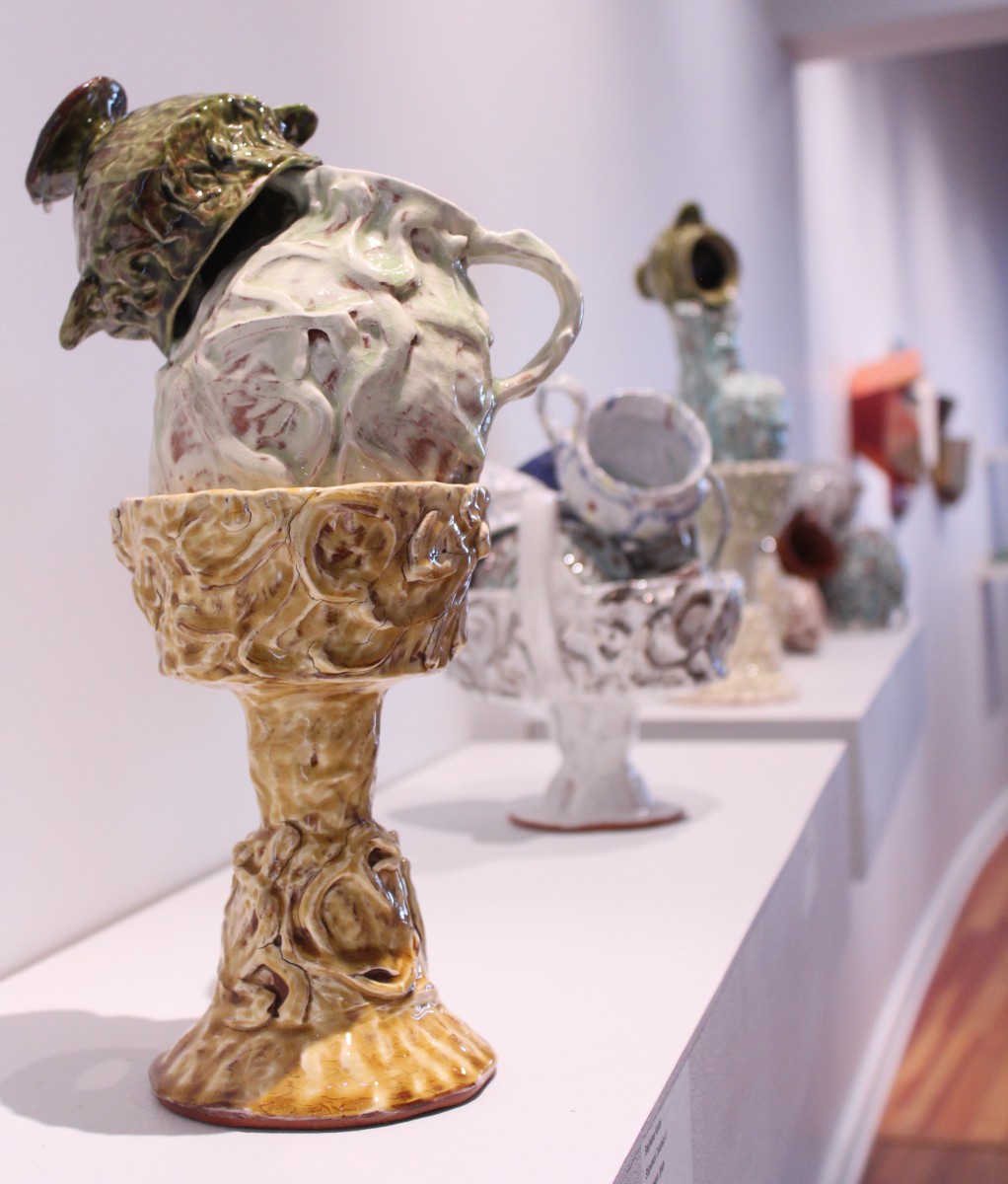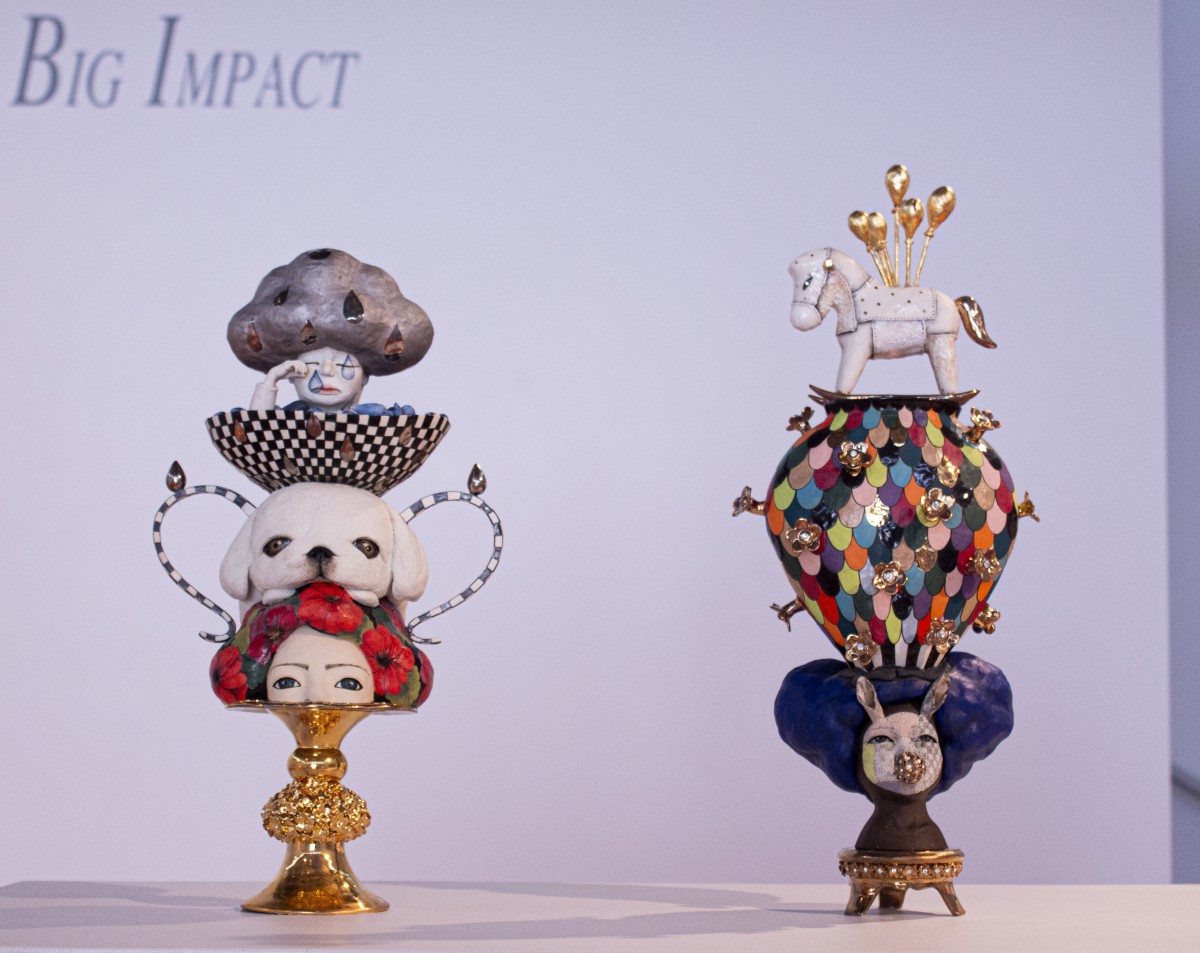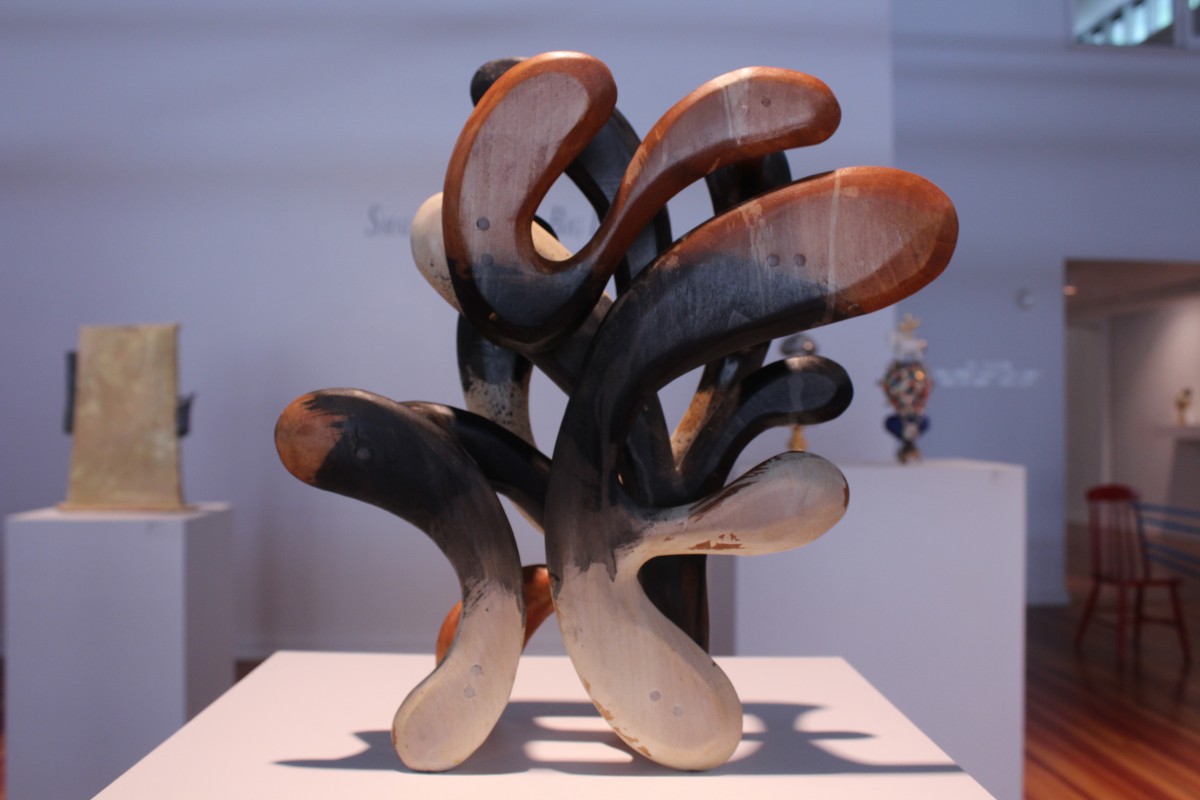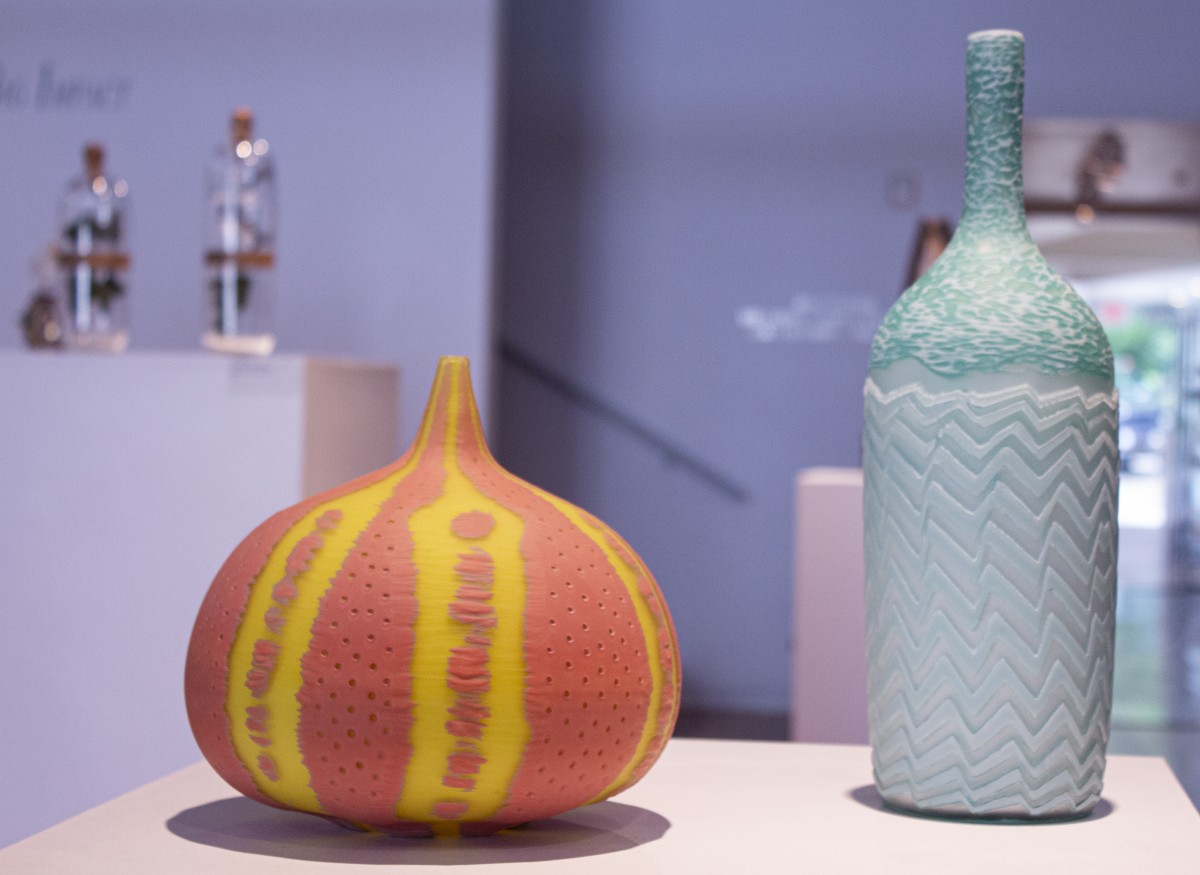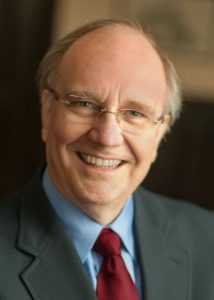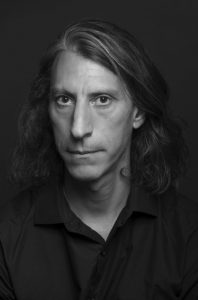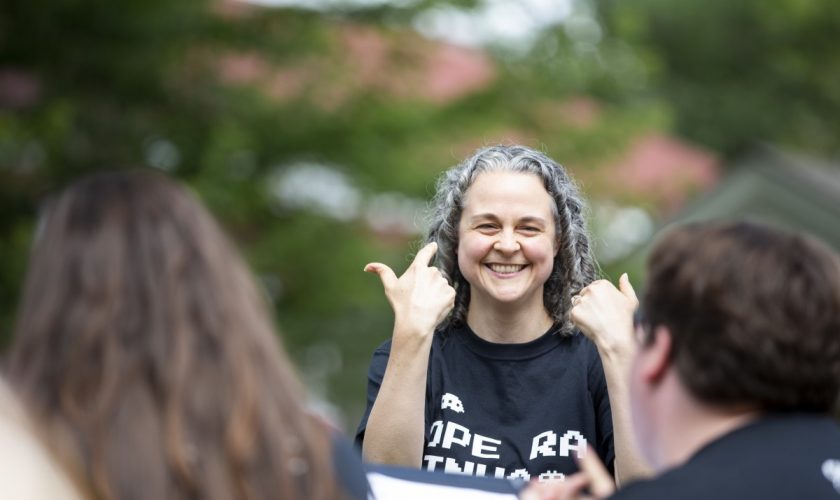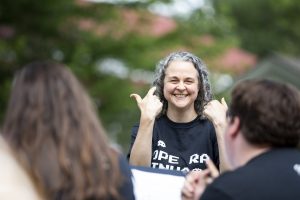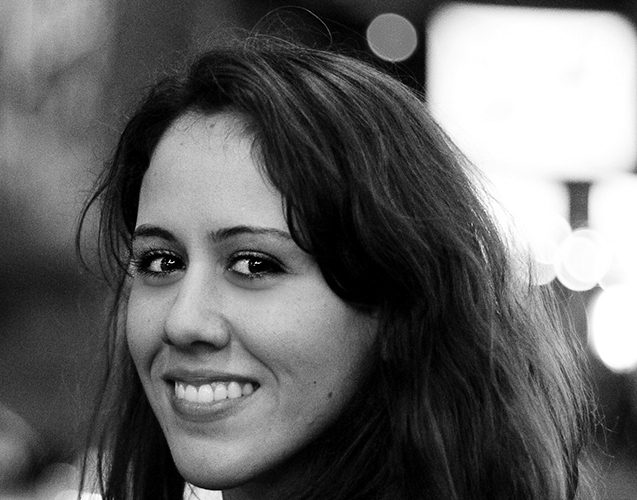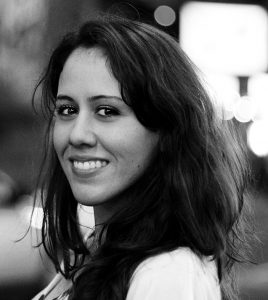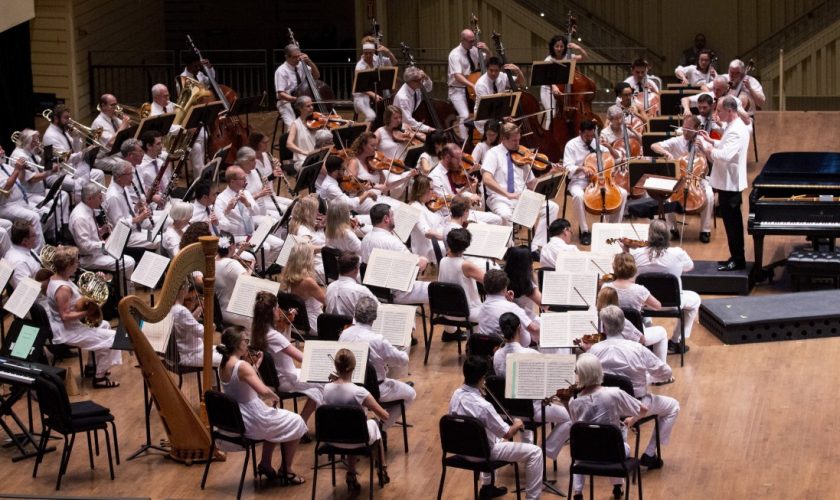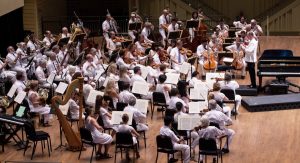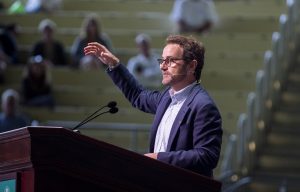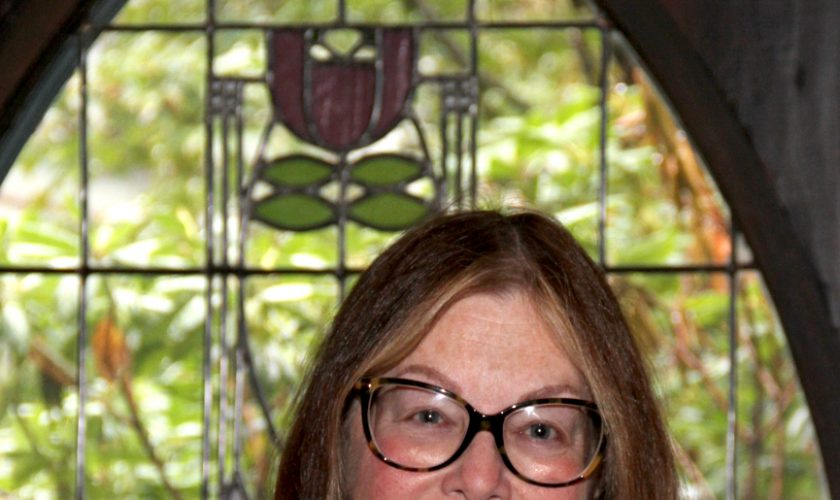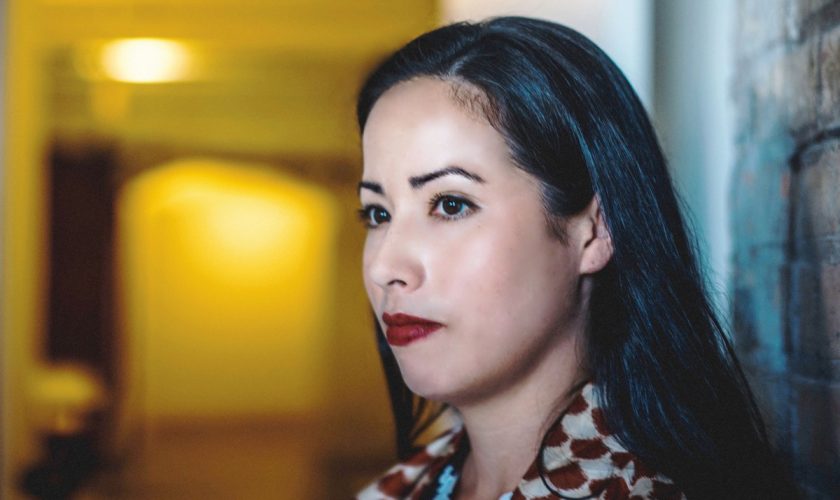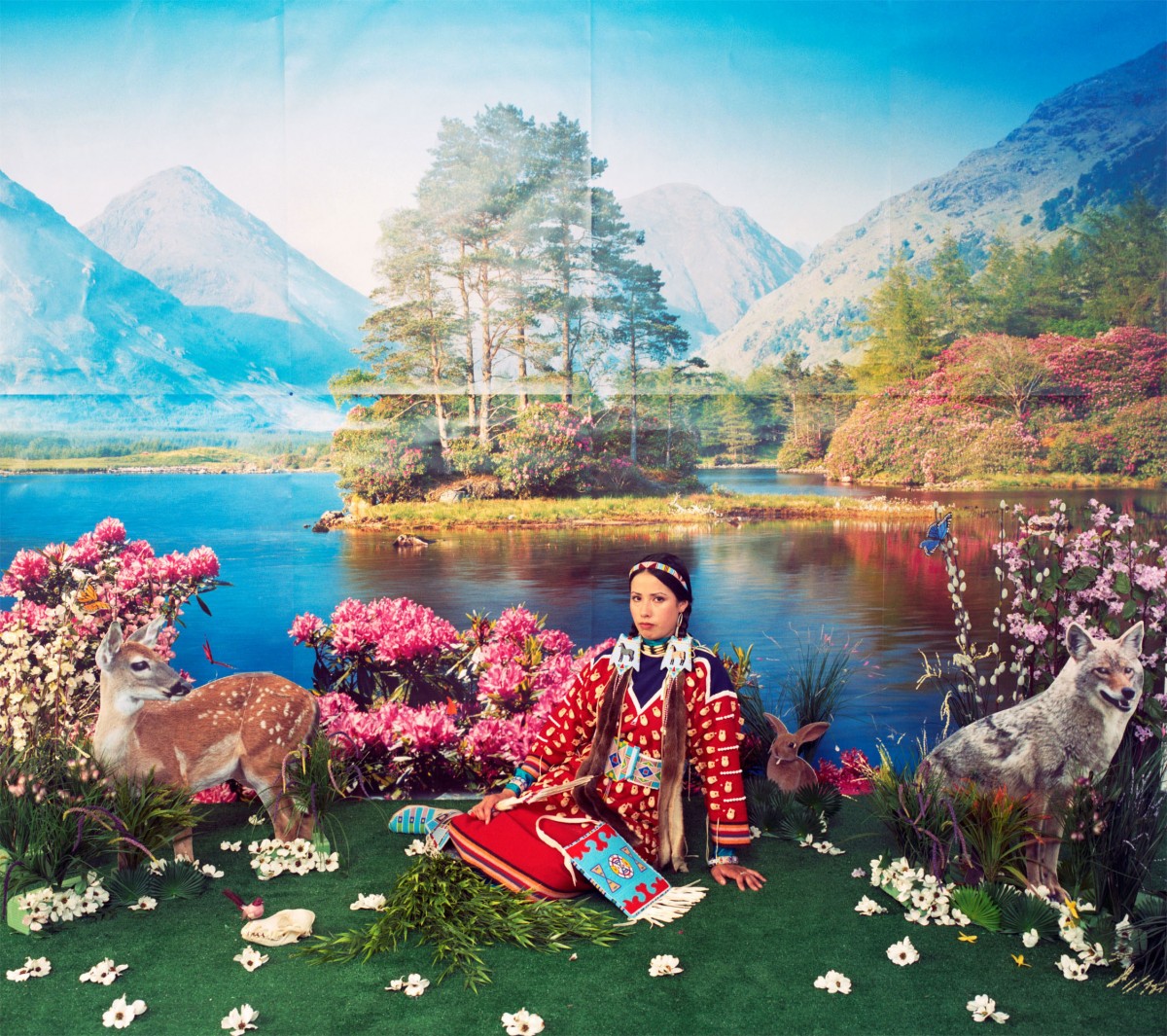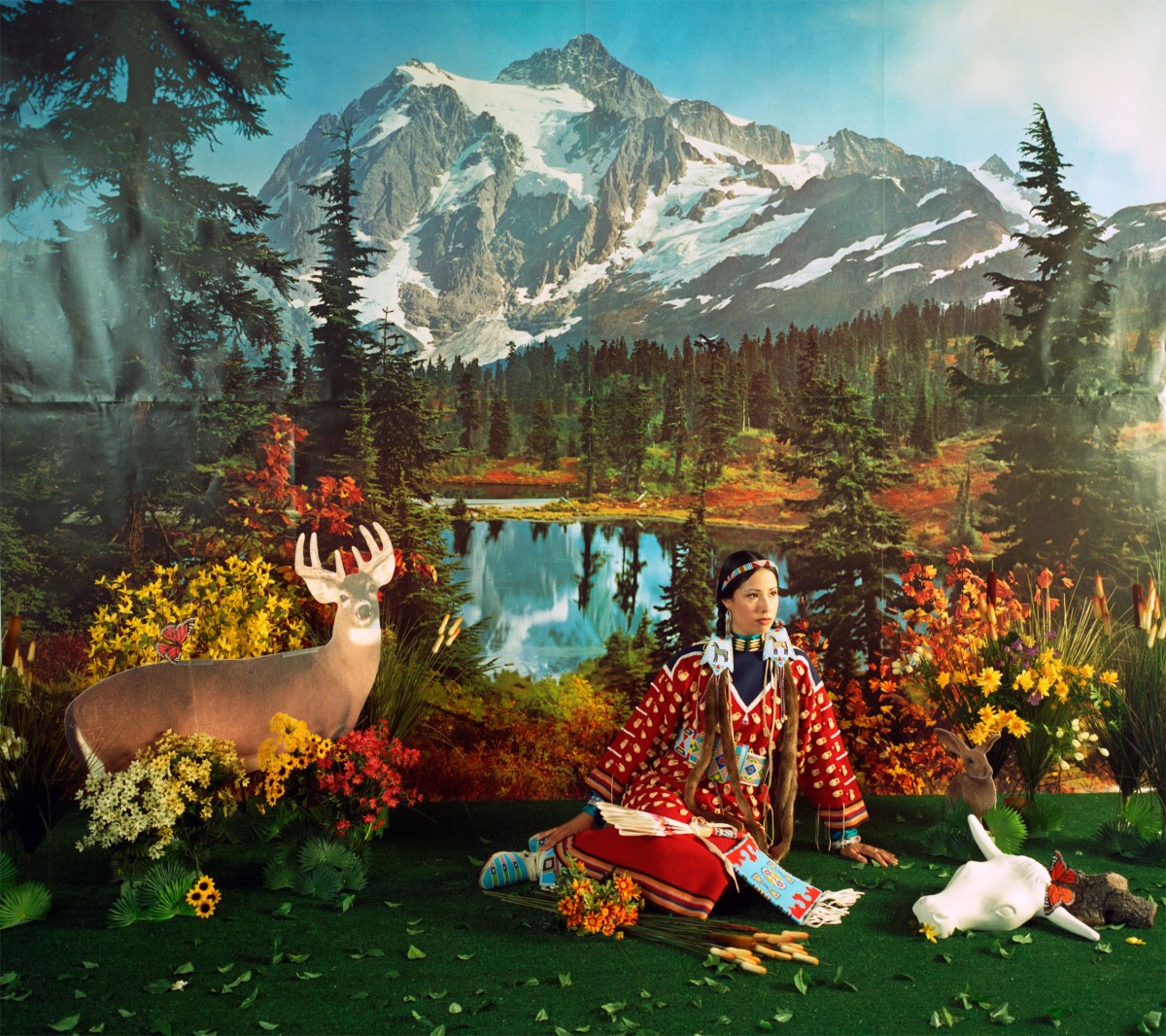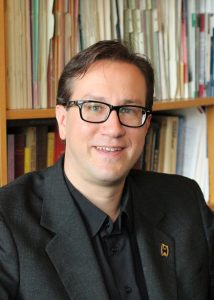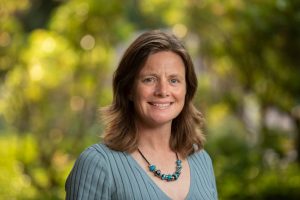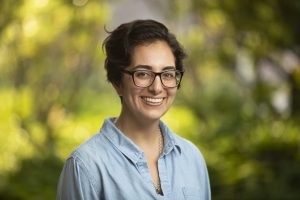
“Why do people who hate get a microphone, while those who love die early?” asked the Rev. David Anderson at the 9:15 a.m. Friday Ecumenical Service. His sermon title was “The Power of ‘Attitude,’ ” and the Scripture text was Luke 17:11-19.
Anderson said he has a letter on his desk from someone who heard him tell his story about moving into a new neighborhood as a 9 year old, and having a cross burned on the lawn the first morning.
“It was a four-page, handwritten letter, which used the n-word and wished me great harm,” Anderson said. “And you wonder why pastors need a security detail?”
On his wall, Anderson has a letter to his father from Martin Luther King Jr., reminding him of the power of love in the world.
“When people like you welcome me,” he told the congregation, “you stand for grace, you preach love and you make love louder than hate. That is what Chautauqua is all about.”
Luke 17 includes a story about 10 lepers who were healed by Jesus. They stood back from the crowd and called to Jesus, begging to be healed.
Jesus told them to go and show themselves to the priests in the temple, as required by law, and on the way they were healed.
“They were walking by faith,” Anderson said. “Faith your fears, because without faith, it is impossible to please God.”
All 10 were healed, but only one came back to thank Jesus; he was a Samaritan. Jesus turned to his disciples and asked, “Weren’t all 10 healed? And only one, a foreigner, comes back.”
“This is so different from the way we do it in our country,” Anderson said. “We see how mean we can be. It was Jewish custom to welcome the stranger, but our hate deepens the divide. Maybe you will be the 10% tithe who gives back to Jesus. If we give one-tenth back to God, grace will be overflowing.”
Don’t try to account for the nine who did not come back. Following the crowd leads to a point of dissonance, he said.
“Sometimes you are asked to align with some purpose and you say, ‘I’ve got to follow the Lord on this one — me plus the Lord equals a majority and I will not be pulled by another ideology,’ ” he said.
The “attitude of gratitude” can help in all kinds of situations.
“An attitude of gratitude demonstrates humility; it shows you are part of a community and not completely independent,” Anderson said.
An attitude of gratitude leads to the indwelling of the Holy Spirit and the spiritual fruits of love, joy, peace, forbearance, kindness, goodness, faithfulness, gentleness and self-control.
Third, an attitude of gratitude demonstrates healing over hurt and hate.
“There has got to be a better way and we can’t just fight injustice — we have to show justice, give comfort to others, display all the spiritual fruits,” Anderson said.
He closed his sermon with the story of a group of frogs walking down a road. One frog fell into a hole and kept trying to jump out. The more he tried to get out, the more the frogs at the top told him to not use up all his energy, to give in.
The frog kept hopping and finally grabbed a twig sticking out of the Earth and slowly climbed to the top. The frog was deaf. When the other frogs were telling him to give up, he thought they were saying, “you can do it.”
“Sometimes we have to be spiritually deaf to the negative voices to get to gracism,” Anderson said. “Let all Chautauqua say ‘amen.’ ”
Anna Grace Glaize, Christian coordinator for the Abrahamic Program for Young Adults, presided. Zoltán Halász from Ukraine, a scholarship student with the International Order of the King’s Daughters and Sons, read the Scriptures in Hungarian and English. He completed four years at Ferenc Rákóczi II Transcarpathian Hungarian College where he majored in English language and literature. The Motet Choir sang “Fresh Fire,” by Robert Benson with text by Michael Hudson, under the direction of Jared Jacobsen, organist and coordinator of worship and sacred music. This week’s services were supported by the Mr. and Mrs. William Uhler Follansbee Memorial Chaplaincy and the Jackson-Carnahan Memorial Chaplaincy.


